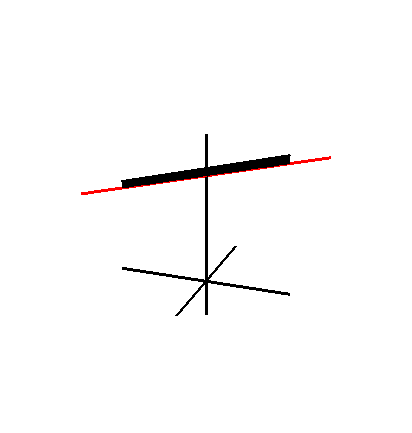History of general relativity

In mathematics, the Whitney umbrella (or Whitney's umbrella and sometimes called a Cayley umbrella) is a self-intersecting surface placed in three dimensions. It is the union of all straight lines that pass through points of a fixed parabola and are perpendicular to a fixed straight line, parallel to the axis of the parabola and lying on its perpendicular bisecting plane.
Formulas
Whitney's umbrella can be given by the parametric equations in Cartesian coordinates
where the parameters u and v range over the real numbers. It is also given by the implicit equation
This formula also includes the negative z axis (which is called the handle of the umbrella).
Properties


Whitney's umbrella is a ruled surface and a right conoid. It is important in the field of singularity theory, as a simple local model of a pinch point singularity. The pinch point and the fold singularity are the only stable local singularities of maps from R2 to R3.
It is named after the American mathematician Hassler Whitney.
In string theory, a Whitney brane is a D7-brane wrapping a variety whose singularities are locally modeled by the Whitney Umbrella. Whitney branes appear naturally when taking Sen's weak coupling limit of F-theory.
See also
References
- Template:Cite web (Images and movies of the Whitney umbrella.)

